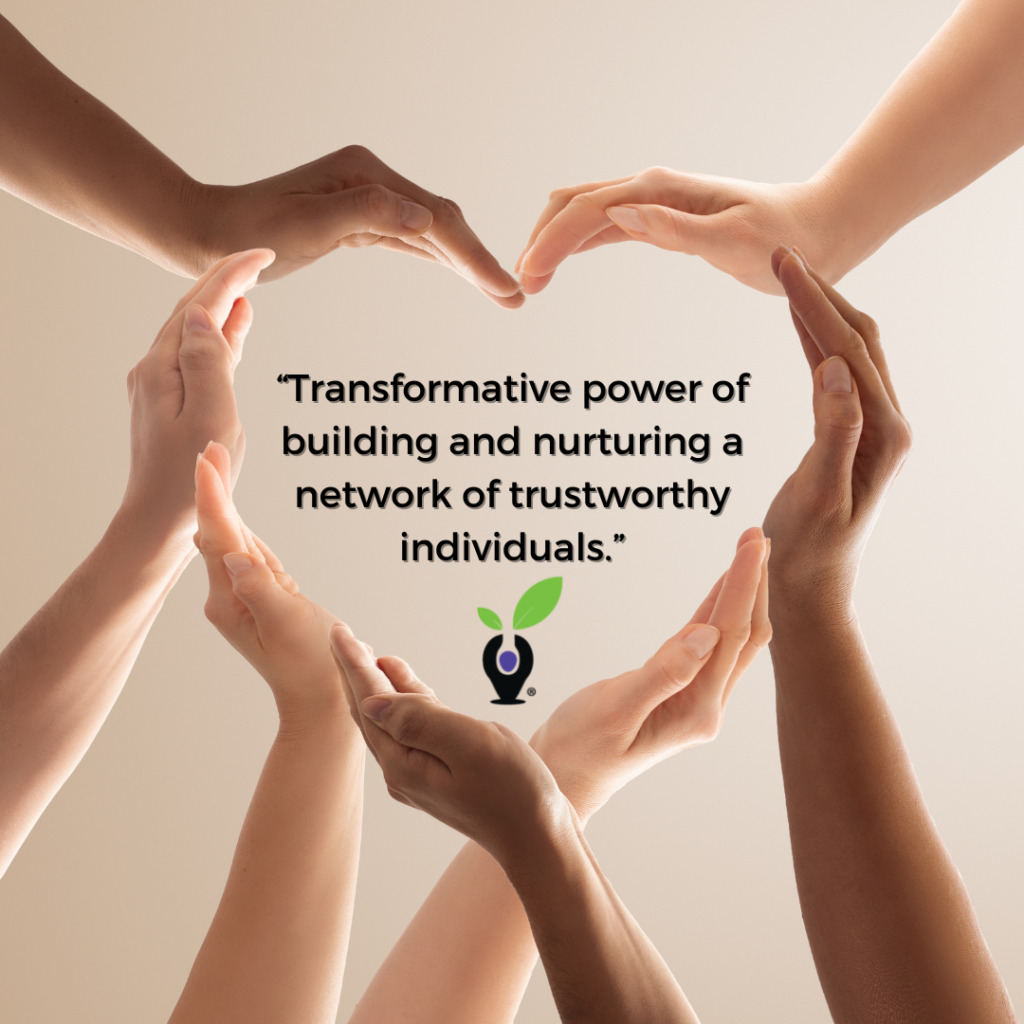In a world filled with challenges and uncertainties, having a reliable support system can make all the difference in a student’s journey towards personal and academic growth. But what exactly makes a person “safe” to lean on and confide in? In this blog post, we’re about to embark on an enlightening exercise that will help you identify the key qualities that define a “safe person.”
By the end of this activity, you’ll not only gain a deeper understanding of what to look for in your support system but also discover how you can become a “safe” person yourself.
Let’s delve into the transformative power of building and nurturing a network of trustworthy individuals who are there for you when you need them the most.
The Goal
This exercise will help students understand the qualities that make up “safe” people so that they can build a better support system.
RAMP (ASCA) Mindset & Behaviors addressed and developed:
Career: Take Responsibility; Self Advocacy; Self Motivation / Self Direction.
Social/Emotional: Whole Self; Critical Thinking; Personal Safety; Building Positive Peer Relationships, Building Positive Adult Relationships.
Materials
- Circle of chairs
- Indigo Report
- Pencil and paper
Step 1:
Brainstorm qualities of “safe” people. Students can use real or imaginary people for examples.
Example: An example of a safe person could be “caring, a good listener who knows my needs” or “honest, direct, gives me smart advice.”
Step 2:
Have students list real people in their lives that fit these qualities.
Step 3:
Challenge students to be “safe” for someone else by trying to bring out one of the qualities of a safe person in their own lives.
Note: The definition of “safe” will vary from student to student. Use the Summary Page and DISC in the Indigo Report to determine what type of safe person will be the best fit for how each one communicates.

